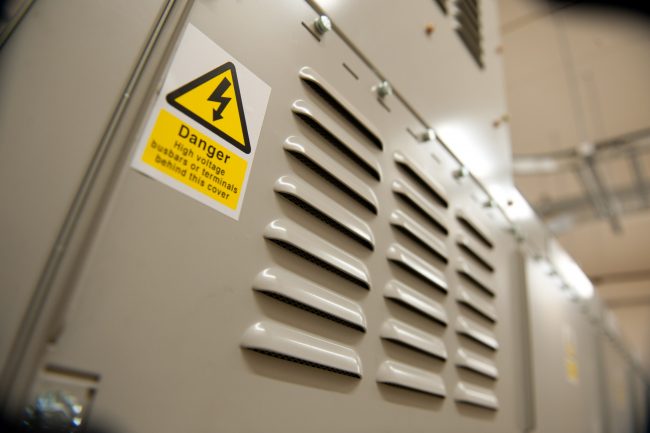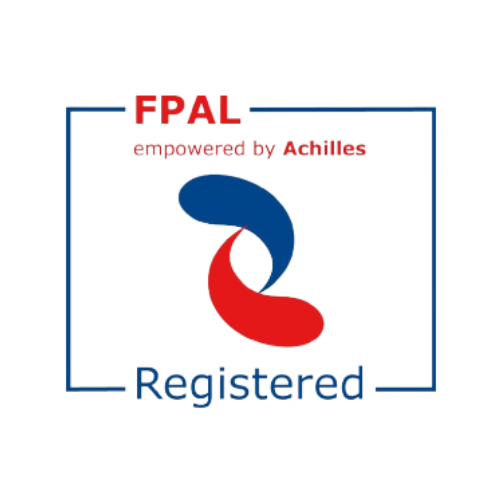Arc flashes are explosive releases of energy that occur when your electrical power distribution system has a fault or short-circuit. Arc flash studies are essential for ensuring workplace safety. This arcing is similar to lightning and poses substantial threats to both personnel and equipment. In order to assist you in mitigating these hazards and maintaining a safe working environment, Engineering Power Solutions (EPS) provides extensive studies and assessments.
Our Approach
From support in the early planning stages to training of your personnel, EPS is a one-stop shop for all power system studies, offering the complete arc flash assessment package. This can involve one or more of the following:
- Energy calculations
- Energy mitigation (reducing the energy levels on your network)
- Switchgear risk assessments (useful for technicians carrying out various switchgear activities, what PPE to wear and when)
- Awareness training (onsite or online)
- Labelling













